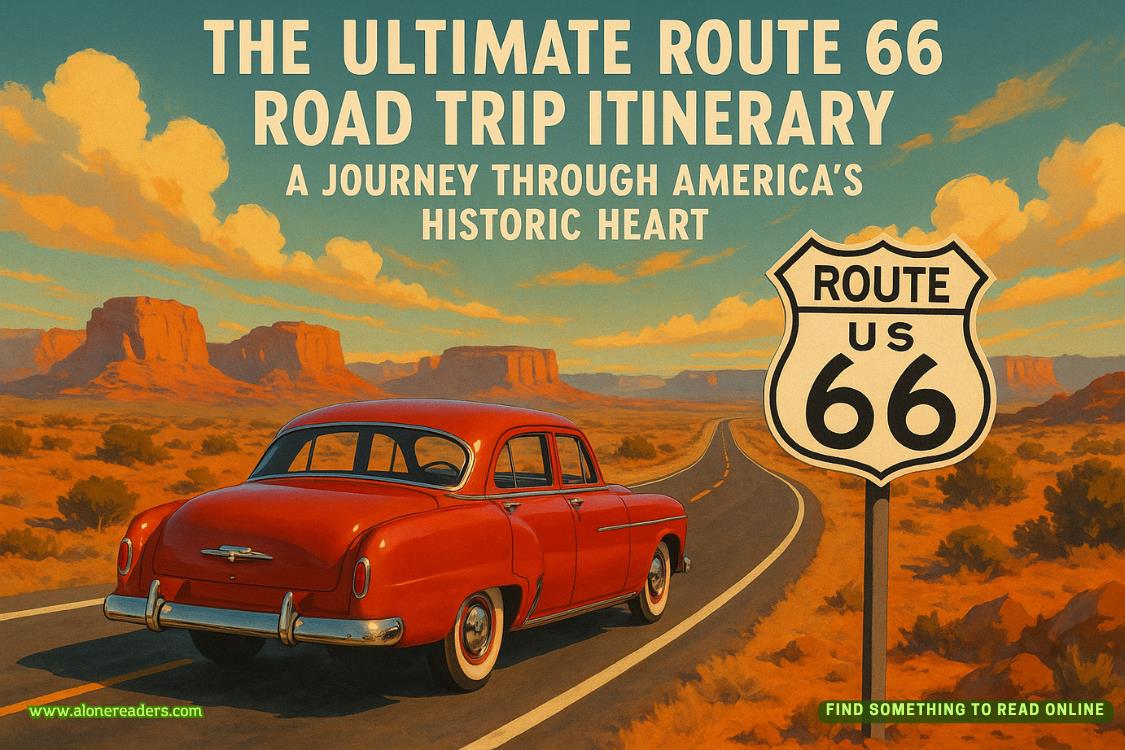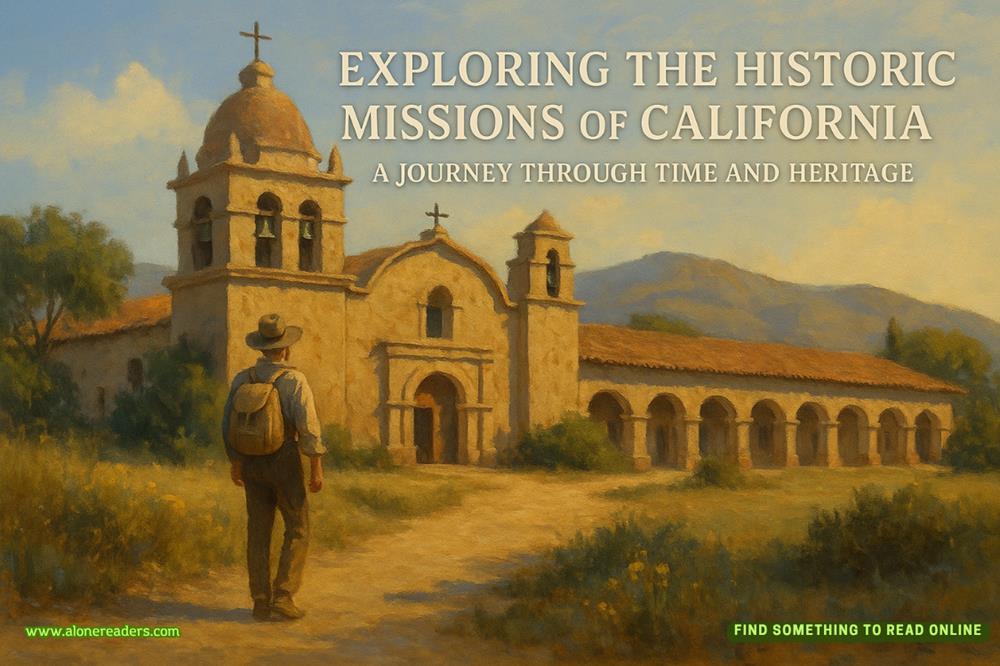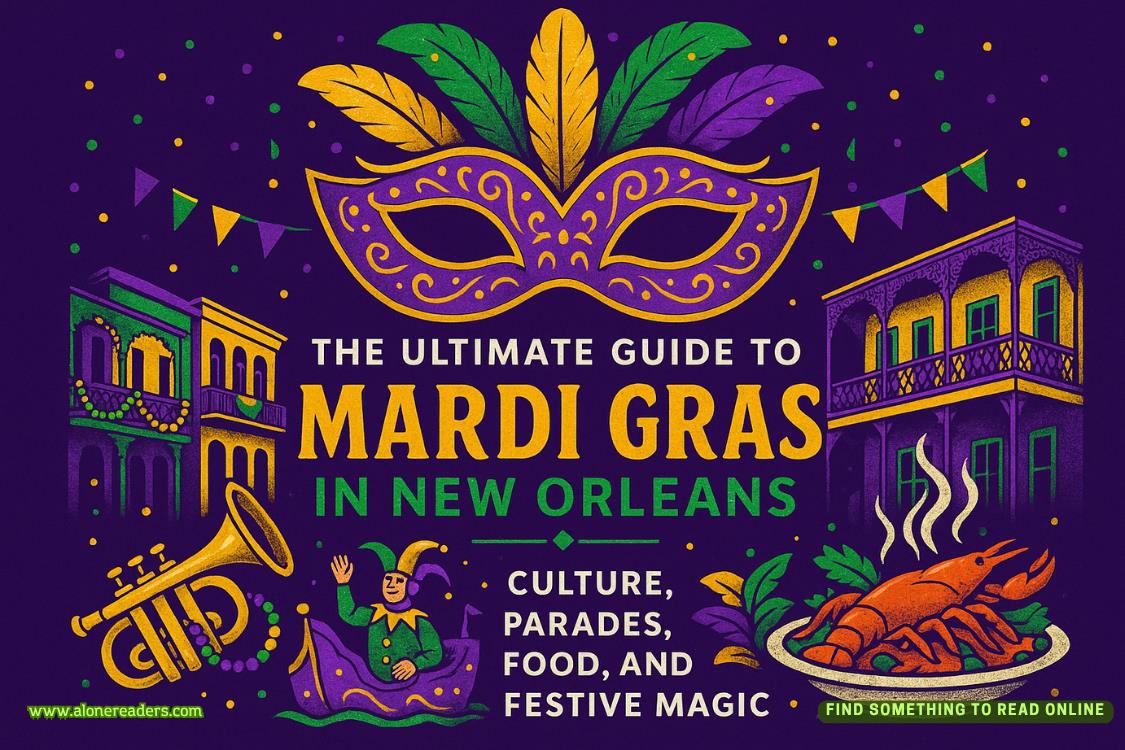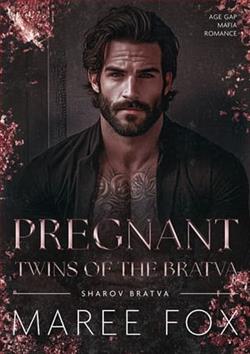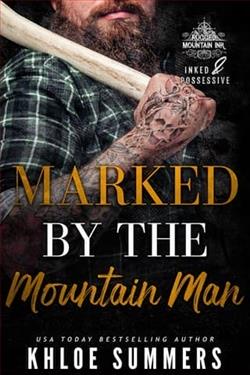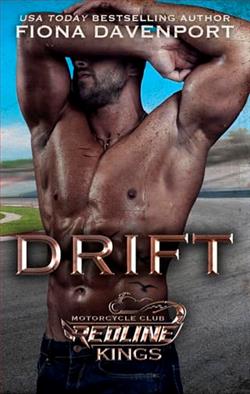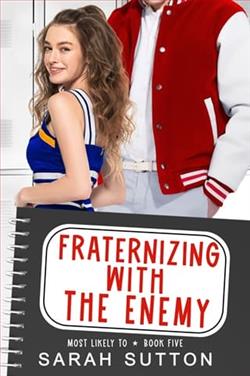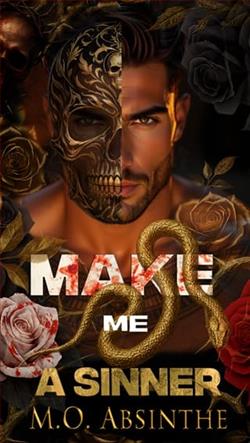Page 49 of The Girl from Devil's Lake
Deb left Joanna’s office a few minutes later, leaving her to consider what she had just said. If Stephen Roper really was a serial predator, then there was a good chance that his unidentified DNA profile really was sitting around in an evidence locker somewhere after being found at the scene of some long-unsolved homicide.
Suddenly Detective Raymond’s “Operation Garbage Can” had just risen to an entirely different level of importance. It was possible that by obtaining Stephen Roper’s DNA profile and getting it uploaded into CODIS, not only might it help solve Xavier Delgado’s homicide, it might also provide answers to any number of other cases all over the country.
At that point, Joanna Brady did something she seldom did in her office—she sat at her desk, closed her eyes, and folded her hands in prayer.
“Please, Lord, help us in this investigation, not only for the sake of Elena and Xavier Delgado, but also for any other families out there whose loved ones Stephen Roper may have harmed. You know the names of those families, even if we don’t. Help us find them, so we can bring them some measure of justice and peace. In Jesus’s name, Amen.”
Then Joanna got up out of her chair, left her office, and went in search of Casey Ledford to huddle with her to discuss if this new information from Deb had opened up any new lines of investigation.
Chapter 25
Bisbee, Arizona
1977–2022
The late seventies and early eighties were StephenRoper’s golden years. During fall, winter, and spring he taught school. During the summers he hunted wherever the hell he damned well pleased. He tried going to Florida once. That was a mistake. Even in Bisbee, summers could be hot, but in Florida, with all that humidity, they were downright brutal.
Stephen liked sticking to places where the climate was moderate. Summertime in the Pacific Northwest was good for that. He grabbed a six-year-old girl from the Rose Festival in Portland one year and a seven-year-old girl from Seattle’s Seafair hydro races a few years later. He was always astonished by how oblivious some parents could be. With kids, shoelaces made for good trophies. They didn’t take up much room in his cigar box, and he differentiated between boys and girls by marking the ones belonging to boys with blue ink. He wasn’t happy when shoe manufacturers started dropping shoelaces in favor of Velcro.
In terms of best bets for victims, hitchhikers came in second after little kids. On hot summer days, once one of those tired and thirsty travelers settled into Stephen’s air-conditioned vehicle—he had graduated to driving Oldsmobile Cutlasses by then—they often dozed off, which gave him the opportunity to do what needed to be done.
On his jaunts, he never followed any set pattern, sticking to secondary roads and staying in small towns. He bought a decent camera and used that as part of his camouflage. If people noticed him stopped at a spot on some isolated roadway, the presence of that camera allowed him to explain that he’d heard that a rare bird of some kind had been seen in the area, and he was hoping to catch it on film.
As far as work was concerned, he was fine. When the mines in Bisbee closed down, it looked for a while as though the community was destined to become a ghost town. As families with young children left town to find work elsewhere, attendance in the school system dropped like a rock. For a time, Stephen worried that he’d end up being laid off. That didn’t happen. Quite a few of the teachers left town right along with the miners, providing enough natural attrition that actual layoffs weren’t necessary. Besides, with the ability to teach science—both chemistry and biology—along with English, he was regarded as a real asset.
When Phelps Dodge liquidated their holdings of company-owned housing at bargain-basement prices, an influx of new people came to town—artists and craftsman—who were looked down on by older residents who dubbed them “hippies.” Having that dividing line in town worked just fine for Stephen because he didn’t fit in on either side.
By the mid-eighties and early nineties, however, Stephen’s hunting expeditions became more challenging. For one thing, most people stopped hitchhiking. For another, parents seemed to be far more attentive. After that he had to settle for a steady diet of prostitutes. It was easy to get them into his vehicle, but, once there, they were often difficult to handle. That’s when his homemade chloroform came in handy. Even with prostitutes, he still took trophies, but often, since the women were almost interchangeable, he simply put an X on the folded and bloodiedRand McNallyNew Mexico road map he still kept in his cigar box. So far his collection of Xs numbered twenty-three.
When Stephen started out on his Killing Journey, as he liked to think of it, each law enforcement jurisdiction had kept its own collection of fingerprints, and that was it. Somebody could commit crimes in towns only miles apart without anyone being the wiser. But then people started talking about creating something called AFIS—the Automated Fingerprint Identification System. That meant that fingerprints collected from one crime scene or one jailed prisoner could be connected to prints from any other jurisdiction in the country. That would have been a lot more worrisome to Stephen if he hadn’t been disposing of bodies in water all along. Not only that, thanks to Reservoir Girl’s bite mark, he’d been wearing gloves at his crime scenes for years.
Then in 1994, along came the O.J. Simpson trial. If that wasn’t a shock to Stephen’s system! At first DNA had seemed too slow and cumbersome to pose a threat to him, but over time, with the advent of CODIS—the Combined DNA Index System—it became more serious. CODIS made it possible to compare a DNA profile gained from one crime scene to DNA profiles from anywhere else. Despite the fact that Stephen had never raped any of his victims, the idea that he might have left behind a single hair at one of his crime scenes was utterly terrifying. But years after the advent of CODIS, when no one came knocking at his door, he began to breathe a little easier.
The next blow to his Killing Journey came with the advent of surveillance cameras. At first they were only on businesses, but still that made him have to think twice about picking up a prostitute even in some filthy back alley or on a city street. These days it seemed like everybody and his uncle had one of those Ring doorbell video systems. That made him grateful that, after retiring from teaching in 2002, and much to the dismay of the voices, he had pulled the plug on his hobby as well, quitting both pursuits cold turkey. The voices begged him to change his mind, but he was adamant, telling them that continuing was just too damned risky.
He still went on trips during the summers, choosing to go somewhere cool, where he often rented cheap cabins and actually fished for a change. He told people in Bisbee that his brother had finally sold the family farm, so he no longer had to help with that. Sometimes he visited his old haunts, driving by his former crime scenes just for the hell of it, but he never stopped or lingered.
Now, as opposed to being an actual participant in the world of crime, Stephen used his computer keyboard to become an online student of all things forensic. His new hobby allowed him to follow the careers of his brothers-in-arms. Surprisingly enough, there were serial killers everywhere. He cheered when they succeeded in baffling the cops and sympathized when they were apprehended. Sympathized, yes, but he also followed every detail of their subsequent trials and convictions.
He wanted to know how they had screwed up. Sometimes they killed people not only in too close proximity to each other but also in close proximity to the killer himself. Sometimes they were stupid and couldn’t resist raping their victims either before or after murdering them, leaving behind all kinds of damning DNA evidence.
But the 2018 arrest of the Golden State killer brought Stephen up short. With DNA from an unknown perpetrator, authorities were able to figure out who he was by using something called forensic genealogy. Turned out one of the killer’s distant relatives had put his DNA profile into one of those public family history databases. Using a partial DNA match, cops had created a family tree and found the guy in short order.
For Stephen, that was another heart-stopping moment. He knew that Gramps had been an only child, but he didn’t know about Grandma Joanie. As for his father’s side of the family? He had no idea about them, not a clue. But as long as they didn’t have Stephen’s DNA, even if he did have a busybody second or third cousin somewhere who was into family genealogy, the cops still wouldn’t be able to touch him.
That was about the time he hooked up with Hands Across the Border, mostly because he was bored but also because having access to all kinds of undocumented immigrants might be a good source of potential victims in case he decided to take up where he’d left off.
He found a food truck, had it remodeled, and started driving the Free Store back and forth across the border. Some of his neighbors didn’t approve of people who helped migrants, but there were lots of people who did. A Tucson TV station ended up sending a reporter and camera crew down to Bisbee to interview the guy people in the area were starting to call Señor Santa Claus.
Stephen was just beginning to relish his newfound good-guy status when the pandemic hit. When everything shut down, so did the Free Store. During the pandemic, as far as health care was concerned, Covid seemed to be the only game in town. Minor issues were placed on a back burner. When Stephen started noticing that the skin on his chest was getting a little scaly, he didn’t go rushing off to see a doctor. He treated the condition himself by trying a number of different moisturizers, but they didn’t seem to make any difference. Neither did changing his laundry soap. Even after the lockdown started easing up, when everybody else went racing off to see their GPs, Stephen avoided the crowd and put off making an appointment a little longer.
In the spring of 2022 when Stephen finally went in for his first “annual” physical in three years, he was floored when, after a biopsy, the doctor told him he had breast cancer.
“Breast cancer,” Stephen repeated in dismay. “I thought only women get breast cancer.”
“Not true,” Dr. Manuel Guerrero told him. “Is there a history of breast cancer in your family?”
Stephen nodded. “Both my mother and grandmother died of breast cancer.”




